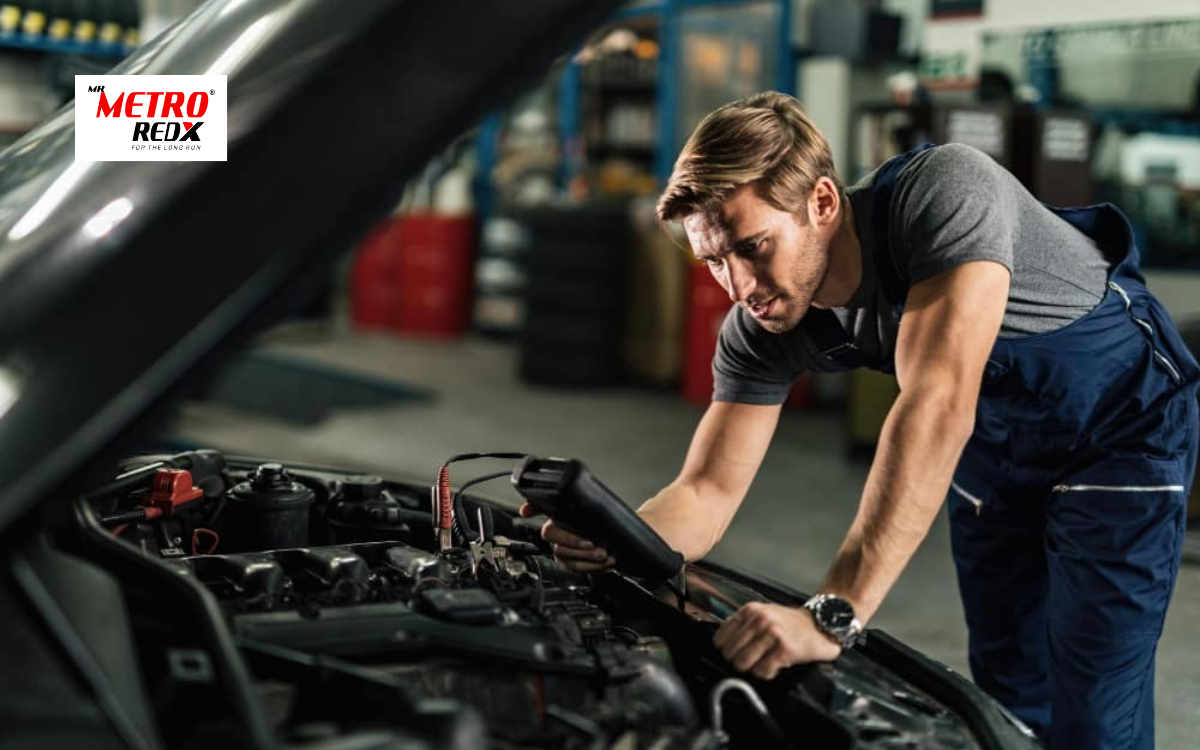A well-maintained truck battery is essential for ensuring smooth operations, preventing breakdowns, and extending battery life. As a trusted Truck Battery Manufacturer in Hyderabad, Metro Redx provides top-quality truck batteries that enhance performance and durability. However, many truck owners and drivers unknowingly make mistakes while charging their batteries, leading to reduced efficiency or even permanent damage. Understanding the correct charging methods and avoiding common errors can help maximize battery life and reliability.
Understanding Your Truck Battery
A truck battery is designed to provide a powerful burst of energy to start the engine and support various electrical components. The battery’s health depends on regular maintenance, correct charging practices, and the use of a high-quality battery.
Being a reliable Truck Battery Manufacturer in Hyderabad, Metro Redx offers durable, high-performance batteries that ensure smooth operations, reduce downtime, and extend the life of your vehicle.
Steps to Properly Charge Your Truck Battery
1. Check the Battery Condition: Before charging, inspect the battery for any visible damage, corrosion, or leaks. If the battery is swollen or severely corroded, it may need replacement instead of charging.
2. Choose the Right Charger: Using an appropriate charger that matches the battery’s voltage and capacity is crucial. A high-quality charger from a trusted Truck Battery Manufacturer ensures safety and efficiency.
3. Ensure Proper Ventilation: Charging generates gases that need to be dissipated. Always charge the battery in a well-ventilated area to prevent the buildup of explosive gases.
4. Connect the Charger Correctly:
– Attach the positive (+) clamp to the positive terminal.
– Attach the negative (-) clamp securely to the negative terminal.
– Ensure a secure connection to prevent sparking or voltage fluctuations.
5. Charge at the Recommended Rate: Avoid using high charging speeds, as excessive current can overheat and damage the battery. Slow and steady charging is the best approach for maintaining battery health.
6. Monitor the Charging Process: Keep an eye on the battery while it’s charging. Overcharging can lead to overheating, causing permanent damage to the battery.
7. Disconnect Safely: Once fully charged, turn off the charger before removing the clamps. Start by disconnecting the negative terminal first, followed by the positive terminal.
Common Mistakes to Avoid While Charging a Truck Battery
1. Overcharging or Undercharging: Overcharging leads to overheating, while undercharging results in insufficient power storage. Always follow the manufacturer’s guidelines.
2. Using a Low-Quality Charger: A poor-quality charger can damage the battery. Invest in a reliable charger from a reputable Truck Battery Manufacturers.
3. Ignoring Battery Maintenance: Regular cleaning and maintenance are necessary to prevent corrosion and improve performance.
4. Charging a Frozen or Extremely Hot Battery: Temperature extremes can damage the battery. Always charge at moderate temperatures for safety.
5. Leaving the Battery Unused for Too Long: An idle battery can lose its charge over time. Regularly use and charge the battery to maintain its efficiency.
Metro Redx Role in Reliable Truck Battery Solutions
Metro Redx is a leading name in the trucking industry, providing high-quality battery solutions designed for durability and optimal performance. As a trusted Truck Battery Manufacturer in Hyderabad, we ensure that our batteries meet industry standards, offering superior power, longevity, and safety.
Our advanced technology ensures that truck owners and fleet managers experience minimal downtime and maximum efficiency. Whether you need guidance on proper battery maintenance or a reliable battery for your truck, Metro Redx has got you covered.




